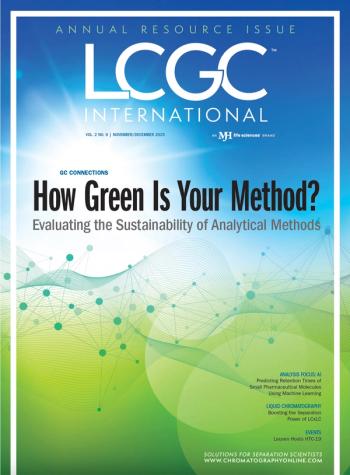
- The Column-04-19-2012
- Volume 7
- Issue 8
Organic separation
A team of scientists have performed the first attempt at separation of organic compounds using microwave reversed-phase high performance liquid chromatography (MW?HPLC).
A team of scientists have performed the first attempt at separation of organic compounds using microwave reversed-phase high performance liquid chromatography (MW–HPLC).1
Biotin and riboflavin were the organic compounds that were trialled and additional vitamins were used for reference purposes. A column was placed inside a domestic microwave oven in a hanging position. The position of the column in the microwave was of vital importance, as it precluded the actual power absorbed by the sample.
Vitamins were detected using a UV-vis detector and the results revealed that the application of microwave radiation significantly modified the characteristics of the chromatograms. Retention times for both biotin and riboflavin were both shortened as the power increased. The peak shape also changed, more significantly for biotin than riboflavin.
The team concluded that MW–HPLC was more efficient at compound separation than when the same experiment was performed at room temperature or thermostatted at 45 °C HPLC. It was believed that this was due to the combined action of a moderate and quick heating of the mobile phase that increased the analytes diffusivity caused by the radiation
1. José Todolí et al., Analyst, DOI: 10.1039/C2AN16193A (2012).
Articles in this issue
over 13 years ago
Oil spillover 13 years ago
Autism biomarkersover 13 years ago
High Throughput Microchromatographyover 13 years ago
Biofuel analysisNewsletter
Join the global community of analytical scientists who trust LCGC for insights on the latest techniques, trends, and expert solutions in chromatography.



